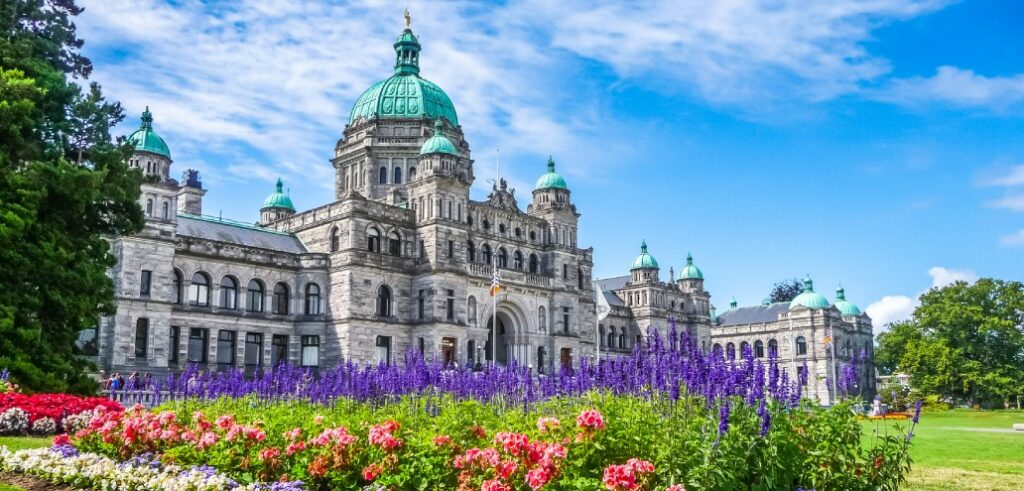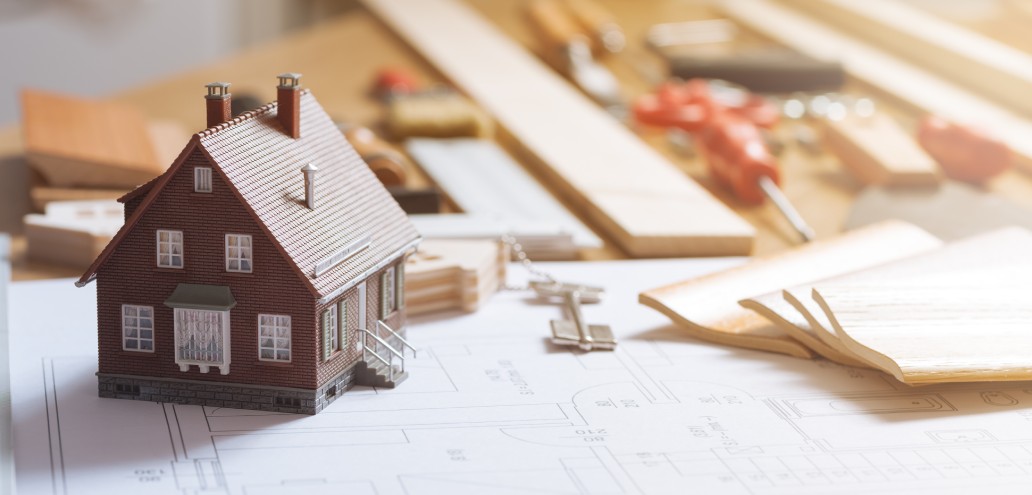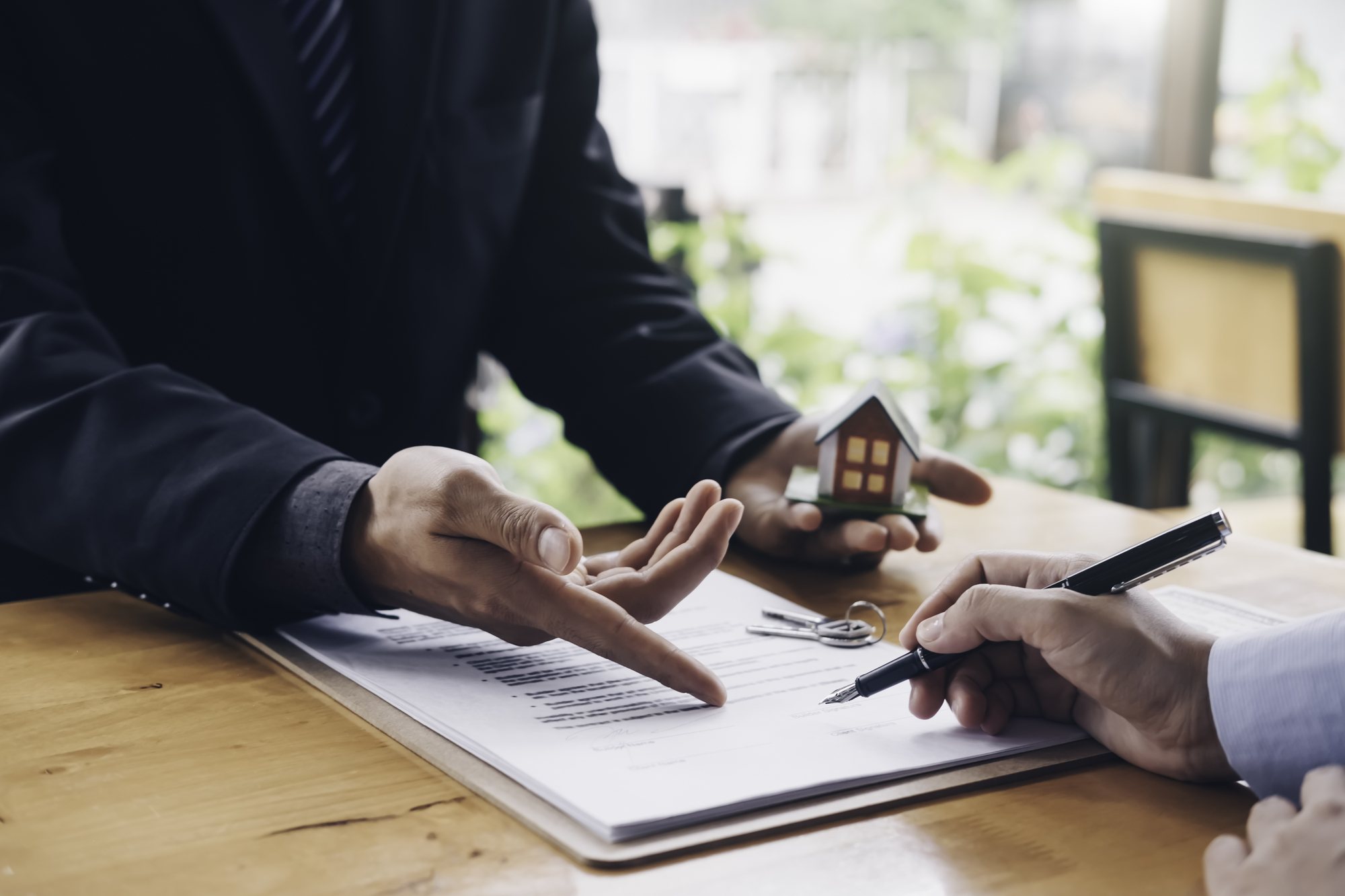As environmental issues continue to be pushed to the forefront, sustainable housing solutions are becoming more and more important. Driven by growing environmental awareness and the promise of long-term economic benefits, both developers and buyers are increasingly prioritizing sustainability.
This shift is not merely a trend but a response to pressing global challenges such as climate change and resource depletion. In Canada’s market, green buildings are offering compelling advantages — from higher property values and tenant retention rates to regulatory benefits.
Sustainable Buildings and The Canadian Market
For developers, the investment in green technologies and sustainable materials often results in properties that are not only energy-efficient but also yield higher market values. Consumers, on the other hand, are drawn to the long-term cost savings and the promise of a lower carbon footprint.
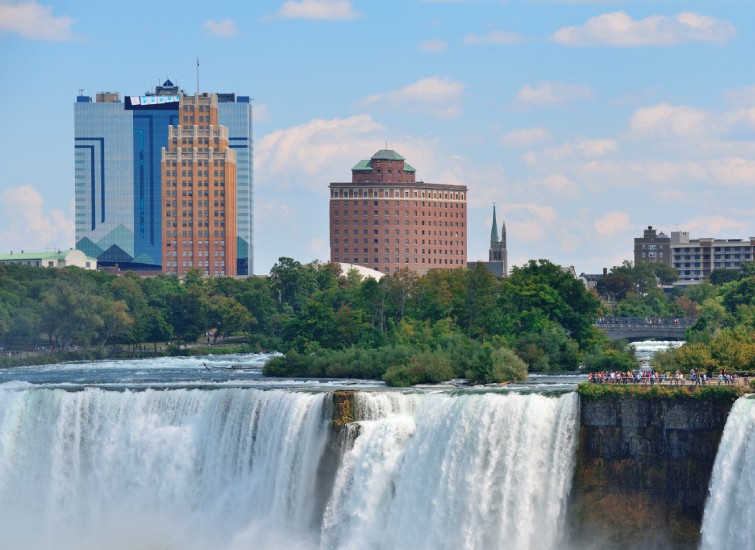
The synergy of these factors is transforming the Canadian real estate market, making sustainable buildings an increasingly popular choice. In particular, the use of smart home features to regulate the usage of HVAC systems and energy expenditure is proving quite popular among new developments.
Green Features That Boost Property Value
Increasingly, buyers and renters are willing to pay a premium for homes that showcase sustainability and energy efficiency. In tandem with sustainable building incentives, going green can be a very profitable decision for both developers and buyers alike.
- Solar panels: These provide a renewable source of energy, substantially cutting down on electricity costs and reducing carbon emissions.
- Energy-efficient appliances: Appliances with high Energy Star ratings are not only a selling point but also reduce long-term electricity consumption.
- Rainwater harvesting systems: These systems collect and store rainwater, which can then be used for gardening or other non-potable purposes, reducing reliance on municipal water.
- Insulated windows and doors: Quality insulation reduces heat loss, translating to lower heating and cooling bills for the occupant.
- Smart thermostats: These allow for more precise control over home heating and cooling, leading to energy savings and increased comfort.
- Native landscaping: Utilizing plants that are native to the area can reduce the need for water-intensive lawn care.
- Electric vehicle charging stations: As electric cars become more common, having a home charging station can be a major selling point.
Incorporating these features into a property can help owners meet the increasing demand for sustainable living options. They can also significantly elevate their property’s market value as the market shifts more and more towards sustainable solutions.
Tenant Satisfaction & Comparative Market Analysis
Tenants in eco-friendly properties often enjoy lower utility bills, improved air quality, and the psychological benefits of living in a sustainable environment. These factors contribute to higher tenant retention rates, offering landlords a more stable income stream.
Meanwhile, comparative market analyses show that green properties generally command higher rents and sales prices, often spending less time on the market compared to traditional properties. This mutual benefit for both landlords and tenants underlines the long-term value of investing in green building features.
According to Market Research Future in 2021, the market for green buildings was estimated at over 550 billion USD (756.2 billion CAD). The industry includes property developers, researchers, and real estate agents working together to build and move sustainable housing and commercial spaces, and is expected to grow by an average of 9.5% annually all the way through 2030.
Green Buildings & Commercial Real Estate
The 2019 Global Status Report for Buildings and Construction from the International Energy Agency revealed that the commercial real estate sector was responsible for about 40% of global carbon emissions.
Accordingly, there has been a significant amount of pressure placed on the commercial real estate sector to lessen its carbon footprint by implementing a host of green building solutions. The vast majority of these solutions are focused on exterior environmental design, such as green roofs, solar panels, and low-emissivity windows.
These eco-friendly elements can increase the property’s marketability, attracting tenants who prioritize sustainability. Moreover, green features often result in lower long-term operational costs, which can be a selling point for potential tenants.
Additionally, sustainable buildings may qualify for various government incentives, providing financial benefits for developers. Overall, green features enhance both the appeal and profitability of commercial real estate projects.
Clean Growth & Climate Change
The Pan-Canadian Framework on Clean Growth and Climate Change provides a national strategy aimed at reducing greenhouse gas emissions and driving sustainable growth. Within the context of the real estate industry, the framework lays emphasis on transitioning towards energy-efficient, low-carbon building designs.
By promoting the adoption of green building standards, it seeks to revolutionize how residential, commercial, and public buildings are conceived, built, and operated. It encourages developers to incorporate energy-efficient technologies, which can result in cost savings in the long term.
For the real estate industry, adhering to the framework not only aids in environmental conservation but also offers economic incentives, aligning profitability with sustainability. While there might not be specific tax breaks at the federal level exclusively for green building, there are grants and funding options available for energy-efficient retrofitting and new construction through programs like the Canada Infrastructure Bank and Natural Resources Canada‘s funding opportunities.
Provincial governments also have their own set of incentives. For instance, British Columbia has the CleanBC Better Homes program, which provides rebates for energy-efficient home improvements. Ontario has had various programs to encourage energy-efficient homes, such as the Green Ontario Fund, although the availability of these programs can change.
Municipalities may offer additional grants or reduced fees for green building initiatives. For businesses, there can be benefits related to property taxes or development charges, depending on local programs.
It’s advisable to check the most current government resources for the latest information on incentives related to green building in Canada.
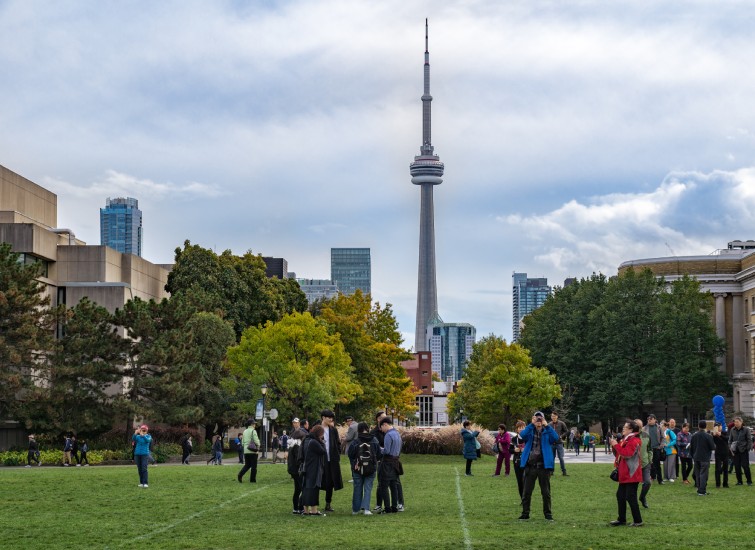
Future Outlook
The future of green buildings in the Canadian real estate market appears promising, bolstered by a growing awareness of environmental issues and an increasing focus on sustainable living.
Technological innovations in energy-efficient systems and construction materials are likely to make green building practices even more accessible and cost-effective. As policy frameworks continue to evolve, developers and investors can expect stricter sustainability mandates, potentially unlocking more government incentives to support green initiatives.
Market demand for eco-friendly properties is expected to rise, offering opportunities for higher profit margins and long-term investment value. Overall, the confluence of consumer preference, technological advancement, and supportive policies sets the stage for a greener future in real estate.
Conclusion
The rise of green buildings is more than a passing trend in the Canadian real estate market; it’s an impactful movement towards sustainability and long-term economic viability.
Developers, investors, and consumers alike are recognizing the multi-faceted benefits of eco-friendly construction, from reduced operational costs to increased property values and tenant satisfaction.
Policy support in the form of frameworks and incentives further solidifies the role of green buildings in shaping the country’s real estate future.
As technology continues to advance and market demand for sustainable properties grows, green buildings stand to be the cornerstone of a more sustainable, profitable, and socially responsible real estate market.


